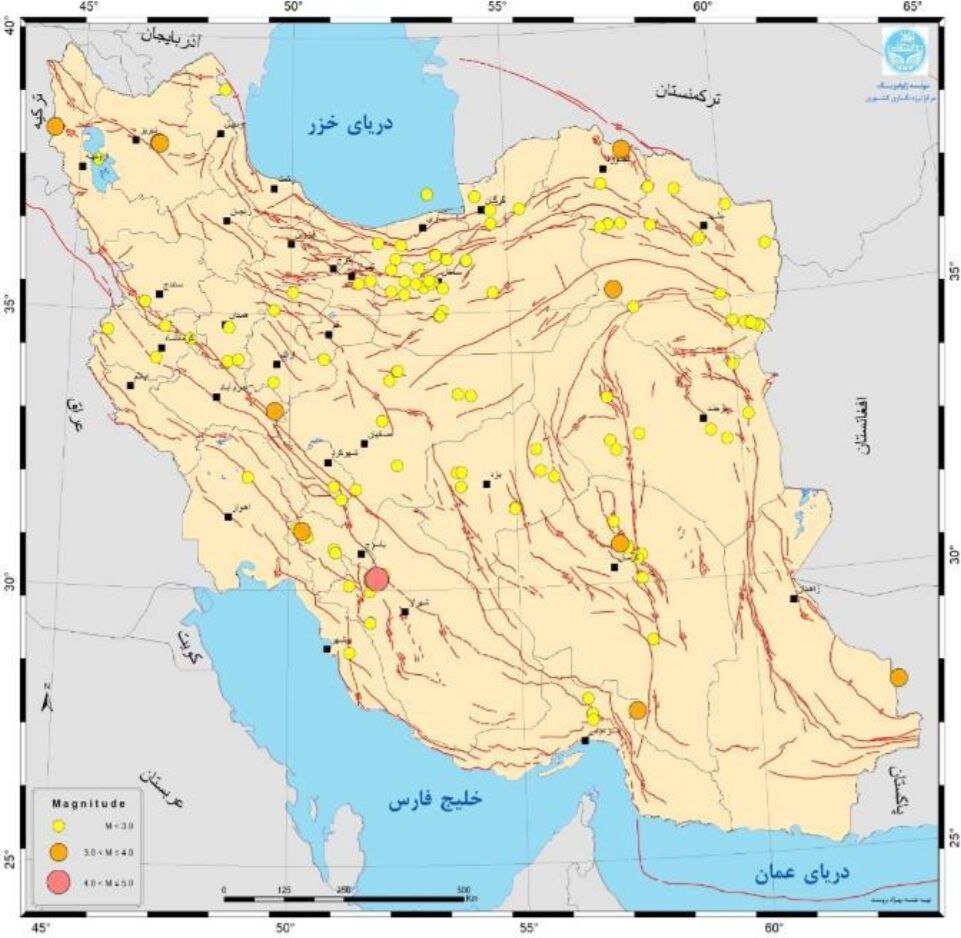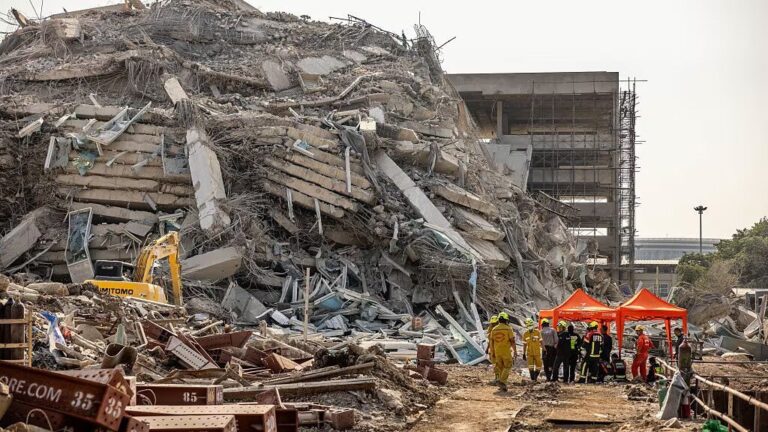Shocking Tremors: Over 135 Earthquakes Rattle Iran in Just One Week!
Between April 19 and 25, a total of 137 earthquakes were recorded across Iran, highlighting the country’s seismic activity. This information comes from the seismological networks of the Institute of Geophysics at the University of Tehran.
According to the data reported by IRNA, the earthquakes recorded during this period can be categorized as follows:
- 124 earthquakes had magnitudes smaller than 3.
- 12 earthquakes had magnitudes between 3 and 4.
- 1 earthquake had a magnitude between 4 and 5.
The notable earthquake with a magnitude of 4 on the Richter scale occurred on April 21 in Kangavar, located in the Kermanshah province. This particular event underscores the ongoing seismic activity in the region.
Analyzing the data by province, the findings reveal that:
- Khorasan Razavi experienced the highest number of earthquakes, totaling 23.
- Semnan followed with 15 earthquakes.
- Fars recorded 12 earthquakes.
Interestingly, during the same timeframe, no seismic activity was reported in several provinces, including:
- Ardabil
- Alborz
- Ilam
- Zanjan
- Qom
- Qazvin
- Gilan
Looking back over the past calendar year (from March 2024 to March 2025), a total of 6,272 earthquakes were recorded across Iran, according to the seismological networks of the Institute of Geophysics at the University of Tehran.
From this total, it was noted that:
- 150 earthquakes registered magnitudes greater than 4 on the Richter scale.
- On average, at least five earthquakes with magnitudes exceeding 4.5 occurred every month throughout the country.
Iran’s geographical position places it within a highly seismically active region of the world. The country is renowned not only for its susceptibility to major catastrophic earthquakes but also for the broader disasters associated with natural hazards, particularly earthquakes.
Statistically speaking, Iran accounts for about 2 percent of the world’s earthquakes. However, it is significant to note that more than 6 percent of the casualties from global earthquakes during the 20th century have been attributed to seismic events within Iran.
This stark contrast emphasizes the severity and impact of earthquakes in the region, making it crucial for both residents and authorities to remain vigilant and prepared for potential seismic events.
The Iranian plateau’s seismic characteristics highlight the importance of continuous monitoring and research in earthquake science. With an understanding of the earthquake patterns and risks, effective disaster management strategies can be developed to mitigate the impact of future earthquakes.
For those living in or visiting seismically active areas, it’s vital to stay informed about earthquake preparedness and safety measures. Communities are encouraged to engage in educational programs that focus on disaster readiness, ensuring that residents know how to respond effectively in the event of an earthquake.
In conclusion, the recent seismic activity in Iran serves as a reminder of the country’s position in a highly active seismic zone. By understanding the trends and preparing adequately, both individuals and communities can improve their resilience against the inevitable occurrences of earthquakes.






